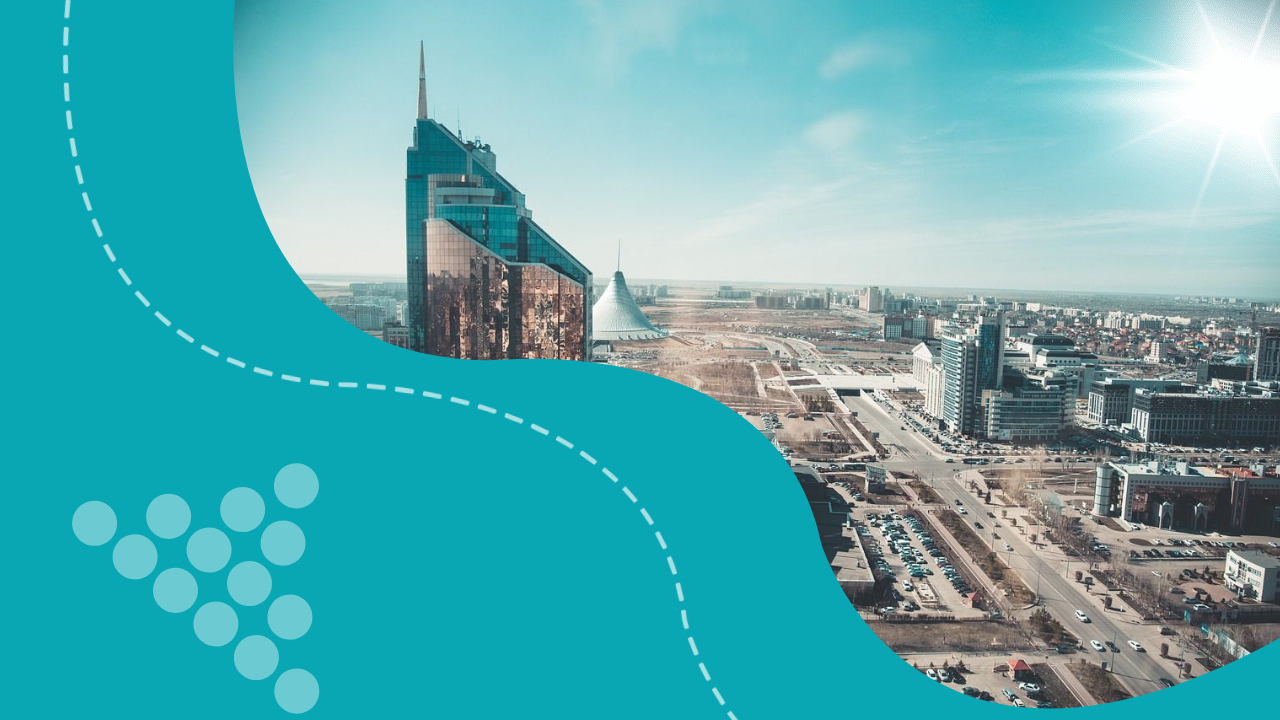The joint venture “Kogodai,” holding a license since 2013 for the exploration of copper and associated metals in the Kogodai area of the Kurchum district of the East Kazakhstan region, intends to resume copper exploration in the region. Between 2014 and 2023, the company conducted geological exploration, resulting in the estimation of mineral resources categorized as inferred. Now, “Kogodai” plans to conduct geological exploration in all previously established and assumed 10 mineralization zones of the Kogodai site, the Lotoshnoye site, two geophysical anomalies, and continue the exploration of the Kogodai deposit. This information was disclosed in materials for public hearings scheduled in the Maraldy village of the Kurchum district on April 12.
The geological exploration area covers 52.2 square kilometers. Search routes on foot will be executed within the contractual territory. Drilling is planned to be carried out using mobile drilling rigs of the SKB-5/LF-90 type with the use of Boart Longyear drill bits, which will require 59.6 thousand liters of diesel fuel in 2024.
For the power supply of the field camp, three gasoline generators FPG 9800E FORZA will be used. The fuel consumption of one generator will be 2.78 tons per year.
Coring drilling of exploration wells is envisaged for exploring ore bodies at depth. Most of the planned wells will be drilled to a depth of 200-250 meters. The total volume of coring drilling will include 20 wells with a total volume of 3000 linear meters.
Cores extracted from core barrels (samples in the form of cylindrical columns) will be washed and placed in core boxes. As the wells progress, a label indicating the depth will be attached after each run.
The participants of the JV “Kogodai” are the social entrepreneurship corporation “Yertis” (belongs to the financial management of the akimat of the East Kazakhstan region) and the company “Orsu Metals Kazakhstan,” a subsidiary of Harrsin Management B.V., whose ultimate beneficiaries are not disclosed.
In the 2010s, the copper projects Kogodai and Karchiga in the East Kazakhstan region were developed by the British company Orsu Metals, registered on AIM (one of the platforms of the London Stock Exchange). The company faced difficulties in financing projects and delisted its shares from AIM in 2016.
Earlier this year, Citibank forecasted that an increase in green energy targets would increase copper demand by an additional 4.2 million tons by the end of the decade. In this case, copper prices could reach $15,000 per ton by 2025, which is 75% higher than the price of copper at the beginning of January. On April 9th, investment bank analysts noted that the price of copper on the London Metal Exchange approached $9,500 per ton, trading near 15-month highs.
Last summer, the village of Maraldy was often mentioned in the headlines due to the dissatisfaction of the local population with the plans of the company “VSAM Production” to build a gold mining plant for 250 thousand tons of ore per year. Near the village, geological exploration companies Maralicha and Maralicha-Gold were searching for gold. Gold mining was planned to be conducted by open-pit mining – local residents feared the contamination of springs and the river by harmful substances, as well as other possible issues due to mining activities.

